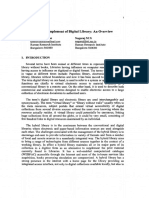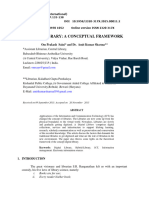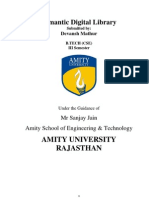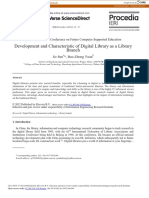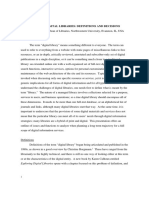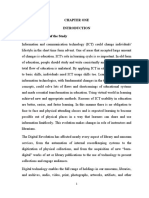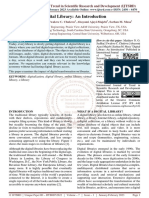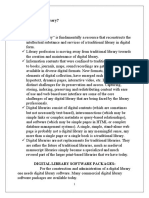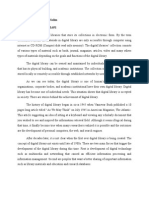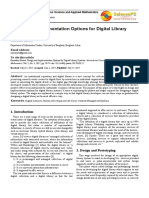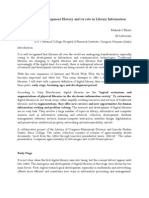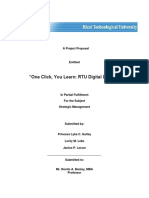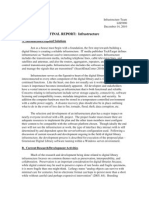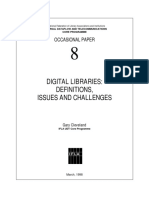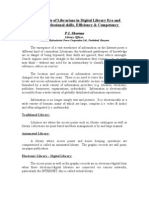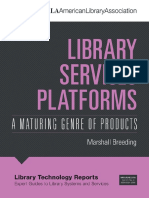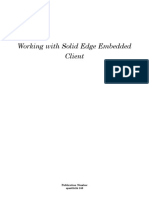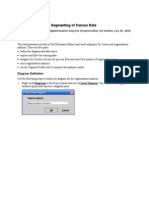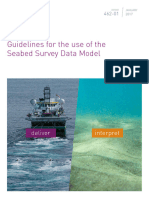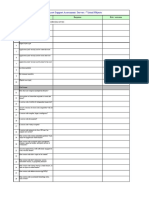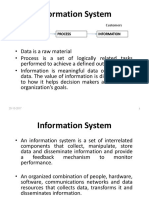0% found this document useful (0 votes)
33 views11 pagesBuilding Digital Library Using Koha and
This paper explores the feasibility of using open source software Koha and DSpace for building digital libraries in developing countries, particularly Bangladesh. It discusses the characteristics, components, and significance of digital libraries, as well as the evolution of digital library concepts over time. The study aims to identify suitable open source packages for library digitization and analyze their features to aid researchers in implementing these systems in their institutions.
Uploaded by
mohamed elmahdiCopyright
© © All Rights Reserved
We take content rights seriously. If you suspect this is your content, claim it here.
Available Formats
Download as PDF, TXT or read online on Scribd
0% found this document useful (0 votes)
33 views11 pagesBuilding Digital Library Using Koha and
This paper explores the feasibility of using open source software Koha and DSpace for building digital libraries in developing countries, particularly Bangladesh. It discusses the characteristics, components, and significance of digital libraries, as well as the evolution of digital library concepts over time. The study aims to identify suitable open source packages for library digitization and analyze their features to aid researchers in implementing these systems in their institutions.
Uploaded by
mohamed elmahdiCopyright
© © All Rights Reserved
We take content rights seriously. If you suspect this is your content, claim it here.
Available Formats
Download as PDF, TXT or read online on Scribd
/ 11






